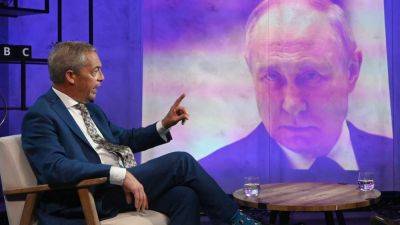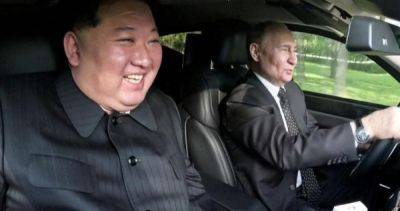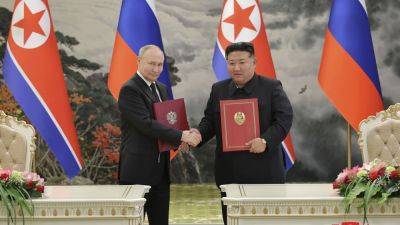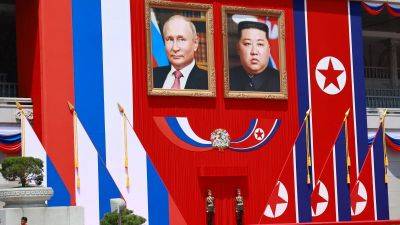Ukraine summit fails to provide coherent path to peace
Was the first so-called “Summit on Peace in Ukraine”, held in Switzerland on June 15 to 16, a failure? Certainly not, if you listen to the fairly upbeat reactions of Ukrainian President Volodymyr Zelensky and his Western backers. And, to be fair, the summit has enabled Zelensky to keep Russia’s war against Ukraine high on the international agenda.
But by most other counts, the outcome of the summit was disappointing. International participation was lackluster, with only 92 of the reportedly invited 160 states and international organizations turning up. The final communique fell short of expectations in terms of content and signatories.
All this raises serious questions about the future of a peace process that excludes Russia. It also lacks buy-in from China, which was absent in Switzerland, and from other key countries including Brazil, India, Indonesia, Saudi Arabia, South Africa and the United Arab Emirates. These all attended but did not sign up to the final communique.
Agenda limited
On the agenda were three issues addressed in the Ukrainian president’s 2022 peace plan: nuclear safety, food security and humanitarian issues. But the final communique did not reference Zelensky’s plan, let alone his core demand for a complete withdrawal of Russian troops, and only attracted the support of 84 of the delegations attending. Perhaps even more importantly, no agreement was reached on when to hold a follow-up meeting.
One of the problems is likely to have been the insistence by Kiev and its Western allies that Zelensky’s was the only peace plan on the table. By default, this prevented any discussion of at least seven other third-party proposals.
These include schemes sponsored by China, Brazil, Indonesia and the Vatican.







